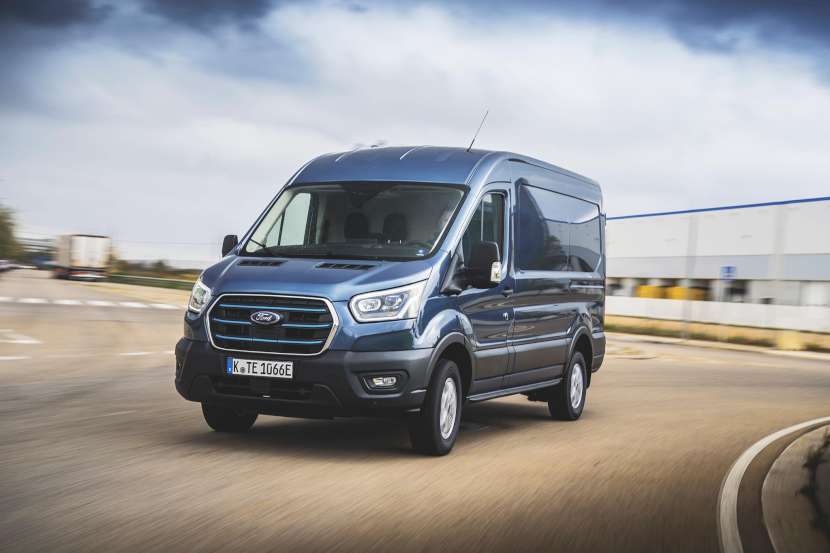For the sake of the environment most people would agree that promoting the take up of electric vans is a good thing – especially for our urban environments. To help smooth the transition along, it was agreed that the weight disadvantage of a battery electric van should not hold back the roll out of these vehicles.
There is an existing 3.5 tonnes GVW limit for drivers with a car licence, which means that anything over this gross weight, a restricted class C licence is required. Bear in mind that the payload of these vans is already reasonably limited with around one tonne available. When turning these 3.5 tonne vans into BEV power, this one tonne becomes practically zero.
To avoid a potential meltdown, some grown up and joined up thinking was carried out by the powers that be in 2019 and an increase in this limit to 4.5 tonnes GVW was agreed for drivers with car licences.
However, according to the Association of Fleet Professionals (AFP) there is ongoing confusion between the government bodies relating to this concession.
With 4.25 tonne electric vans starting to come to market in quantity during the last year, a situation has emerged whereby Office for Zero Emissions Vehicles (OZEV) believe the vehicles have been deregulated from all of the operator responsibilities that normally apply to vans over 3.5 tonnes whereas the DVSA and the DFT believe some still apply.
Confusion has surrounded what exactly these additional operational requirements may be but according to the AFP’s current interpretation, include an MOT test every 12 months from new and a speed limiter to be fitted. In addition, any vehicles operating outside of a 100km radius of the base would be required to comply with EU driver hours rules and a tachograph would be required. However, for vehicles operating within the 100km radius a tachograph is not needed and should not be specified because it will then need calibration at MOT, and neither is an O licence required.

Paul Hollick, chair at the AFP, explained that the situation had caused consternation among its members, with many cancelling their orders for 4.25 tonne vans because of ongoing lack of clarity about the additional requirements surrounding these vans and the possibility that they may find themselves inadvertently breaking the law if they simply treated them like a 3.5 tonne diesel van.
He said: “We’re big fans of the 4.25 tonne derogation. It makes absolute sense that the adoption of electric vans around the crucial 3.5 tonne mark should be made easier for as many fleets as possible. However, what we are seeing is confusion with, to adopt an old cliché, the left arm and the right arm of Government seemingly at odds. This wouldn’t be so bad if the situation hadn’t now been dragging on for several months. It’s incredibly frustrating.
“Fleets are receiving all kinds of conflicting advice – not just from OZEV and the DVSA but manufacturers, dealers, leasing companies and others – with no resolution in sight. Instead, they’re understandably throwing their hands up in the air and we hear of many operators simply cancelling orders.”
Paul said that the AFP was now stepping up its lobbying of OZEV, the DVSA and the DFT to bring their interpretations into line with the original intention that 4.25 tonne vans can be operated exactly like their 3.5 tonne equivalents – and was asking individual fleet operators do the same.
“We’re urging as many people within the fleet industry to make their feelings known as soon as possible. It really does seem that at a point in time when we should be seeing the Government help to enable large scale adoption of electric vans for major operators, they’re allowing a small muddle to fester into a minor crisis. We first highlighted this issue in May and little or no progress seems to have been made. It needs to be resolved now.”
He added that the issue was adding to a general sense among some fleets that operating electric vans was simply not worth the hassle in the short-medium term.
“As the AFP has detailed in recent months, electric van adoption is generally proving much more difficult for many fleets than electric cars. This is especially true given concerns over range and payload, while unnecessary problems such as these 4.25 tonne issues create additional hurdles that are proving frustratingly difficult to sort out.”
